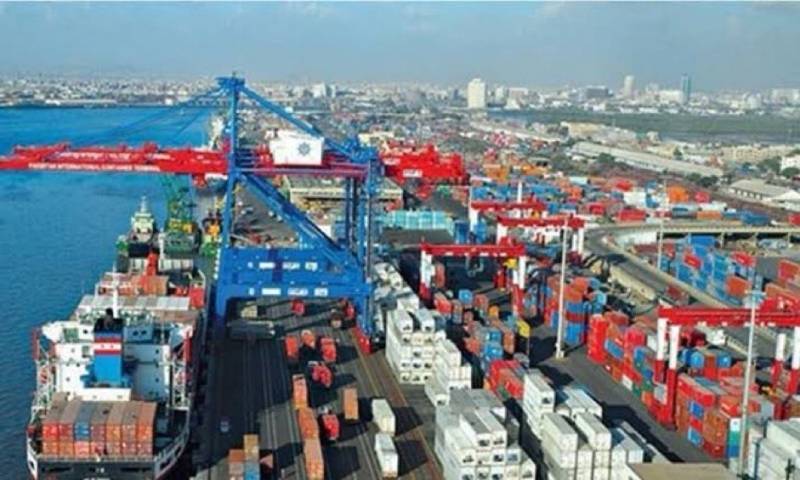Bad news for Pakistan on the exports front
Shares

In the financial year 2022-23, Pakistan's textile sector saw a decrease in profitability, with a 24 percent year-on-year decline to Rs. 72.6 billion. This decline was primarily attributed to increased finance costs, elevated cotton and energy expenses, and a global economic slowdown, as reported by Topline Securities.
During FY23, sales of listed textile companies increased by 15 percent year-on-year to reach Rs. 1,150 billion. However, when measured in dollars, there was a 17 percent year-on-year decline, mainly due to reduced textile exports. In the same period, Pakistan's textile exports amounted to $16.5 billion, marking a 15 percent year-on-year decrease (although they increased by 18 percent year-on-year in PKR terms).
This decline in exports was primarily driven by the global economic slowdown and recession in Europe. The gross margins of the sample companies dropped from 19 percent in FY22 to 17 percent in FY23, primarily due to the high costs of energy and cotton, which constitute a significant portion of textile companies' expenses.
It's worth noting that, due to IMF conditions, the government discontinued the concessional energy tariff for the textile sector from March 01, 2023, leading to increased production costs. Additionally, local cotton prices increased by 9 percent year-on-year to an average of Rs. 19,070 per mound during FY23, attributed to adverse weather conditions that caused heavy rainfall and flooding, damaging cotton crops last year.
On a positive note, other income for sample companies increased by 47 percent year-on-year, driven by exchange gains and a rise in interest income. However, finance costs also surged by 109 percent year-on-year during FY23, mainly due to higher interest rates and increased borrowing in the sector.
Furthermore, the effective tax rate for the sector stood at 20 percent in FY23, compared to 16 percent in FY22.
